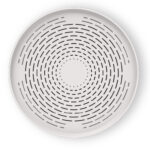Radon gas hazard: latest studies
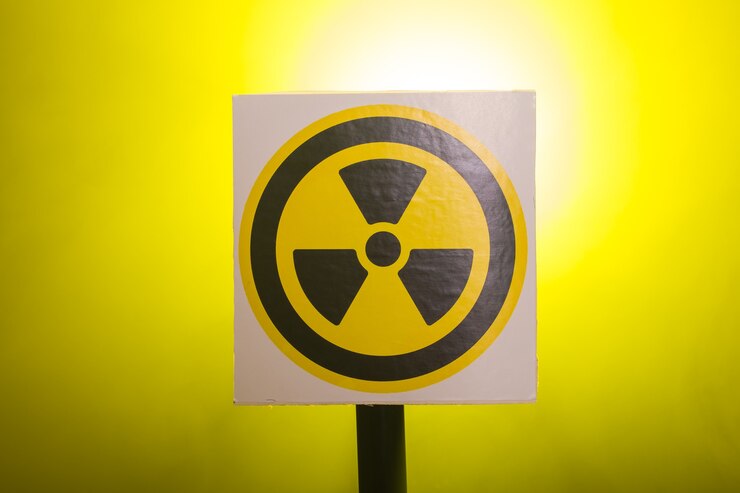
Why radon gas is a real danger to our health
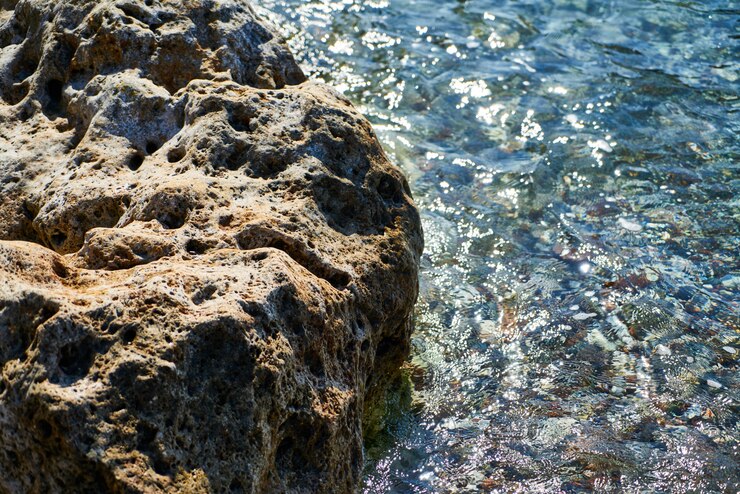
Radon gas is an odourless and colourless radioactive gas that forms naturally from the decomposition of radium in soil, rocks and groundwater. It is considered a major source of exposure to ionising radiation for humans.
Radon can infiltrate dwellings through cracks in the soil, cracks in foundations and other openings, accumulating in enclosed spaces such as houses. Prolonged exposure to radon increases the risk of lung cancer, particularly in people who smoke. Therefore, it is important to monitor and, if necessary, mitigate radon concentrations in homes to protect human health.
Two studies published in Neurology, the journal of the American Academy of Neurology, show that exposure to medium or high levels of radon gas is also associated with an increased risk of stroke, particularly in women.
Translated with DeepL.com (free version)
The first study

The first study involved almost 160,000 women with an average age of 63, with no previous stroke, followed for an average of 13 years. In the first study, the sample was divided into three groups: one with high radon exposure, another with medium and the last with low exposure. Taking into account variables such as smoking, diabetes and hypertension, the researchers found that the group with the highest radon exposure had a 14% increased risk of stroke compared to the group with the least exposure. For the intermediate group, the risk was increased by 6%.
The World Health Organisation (WHO) has recommended a limit of 200 Bq/m3 for average indoor radon concentrations.
The second study
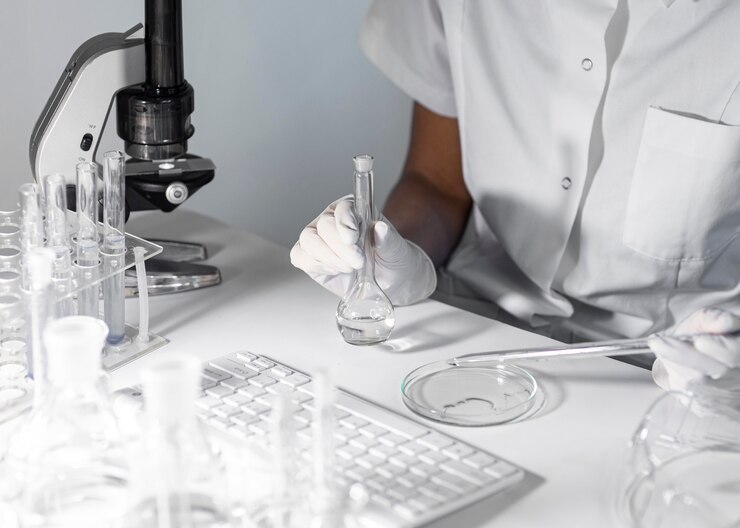
The second study examined a particular condition, called clonal haemopoiesis of indeterminate potential. The starting point of the study was an analysis of the condition that develops when certain haematopoietic stem cells undergo genetic mutations. The mutated cells replicate more rapidly and those affected may have an increased risk of blood cancers and cardio-cerebrovascular diseases such as stroke. More than 10,000 female participants with an average age of 67 years were involved in the research. Approximately half had experienced a stroke or problems with blood clots. Again, the sample was divided into three groups according to high, medium or low exposure to radon. The results showed that 9% of those who lived in areas with the highest radon concentration suffered from clonal haemopoiesis, compared to 8.4% of those who lived in areas with medium concentrations and 7.7% of those who lived in areas with lower concentrations.
The National Radon Action Plan 2023-2032
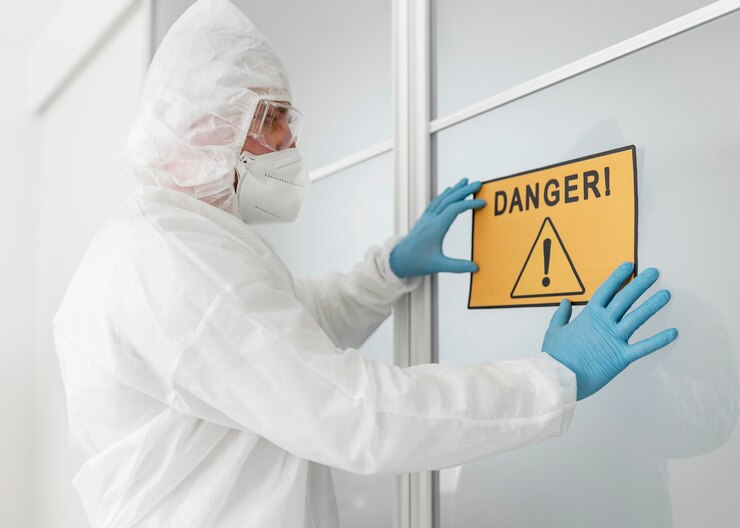
The Decree of the President of the Council of Ministers of 11 January 2024 ‘Adoption of the National Radon Action Plan 2023-2032’ was published in the Official Gazette of 21 February, with guidelines for reducing exposure to this gas and the consequent long-term risks in workplaces and homes. The aim is to reduce cancer cases due to radon exposure by taking the right measures.



